Advertisement
Jungle Pokerogue
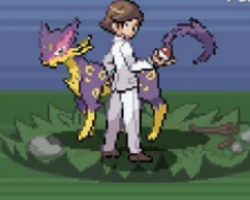
Jungle Pokerogue is a mid-run biome in the fan-made roguelike PokéRogue, acting as a bridge between early progression zones like the forest and more advanced areas such as the temple. It is known for its dense pool of wild encounters, increased battle difficulty, and transitional importance in shaping a player’s long-term team composition. The biome brings an unpredictable mix of evolved and unevolved Pokémon, some of which come with useful abilities or rare typings that can support specialized strategies. Jungle also introduces environmental variety, including a small chance of rain that subtly alters how battles unfold.
Encounter Layout and Spawn Probability
The jungle biome appears either by chance or player intention. If no map is held, there’s a coin-flip chance it will follow the forest; if a map is equipped, players can route into it deliberately. Once inside, players face ten waves of encounters with increasing difficulty. Some Pokémon are common across early waves, but rare and boss-level species become more frequent later. Rain has about a 20% chance to occur during the jungle section and may affect accuracy or trigger abilities like Rain Dish or Dry Skin. The route always ends in the temple biome, making jungle a consistent preparation stage.
Pokémon Distribution and Combat Options
The Pokémon found in jungle vary widely by rarity, including:
- Common: vespiquen, foongus, blitzle, cherubi, leavanny, purrloin
- Uncommon: tropius, joltik, pansear, lurantis, pancham
- Rare: scyther, yanma, grookey line, snivy line, seviper
- Boss or ultra-rare: tapu lele, zarude, munkidori, kleavor, buzzwole
- Special patterns: dual-waves, weather-affected spawns, and RNG-based boss entries
This biome is particularly useful for players hunting Grass, Bug, or mixed attackers. Many Pokémon here have access to disruptive moves like Sleep Powder, Spore, Stun Spore, or Leech Seed, making them valuable in longer runs. Other species provide offensive firepower or unusual coverage, which can help fill gaps in unbalanced teams.
Map Usage and Preparation Strategy
Knowing how to approach jungle is important for route planning. If players intend to catch specific Pokémon or exploit early access to rare abilities, it’s often worth spending a map to lock it in. Otherwise, the appearance is left to chance. With practice mode and evolving difficulty curves, players can use jungle to test the effectiveness of new team members or gather coverage before entering the more punishing temple area. All status and HP are reset at the end of the 10 waves, making jungle a safe place to recover from mistakes while still engaging in high-reward encounters.
Advertisement




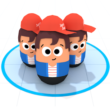




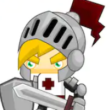















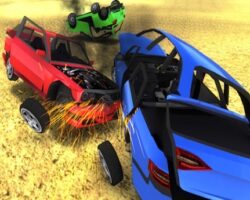



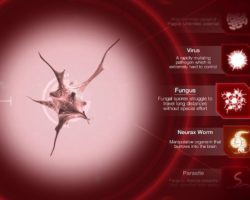

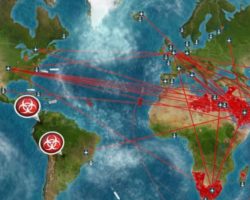




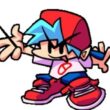










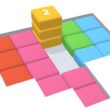











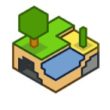









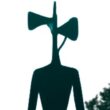






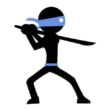









Comments